Articles found in: USA
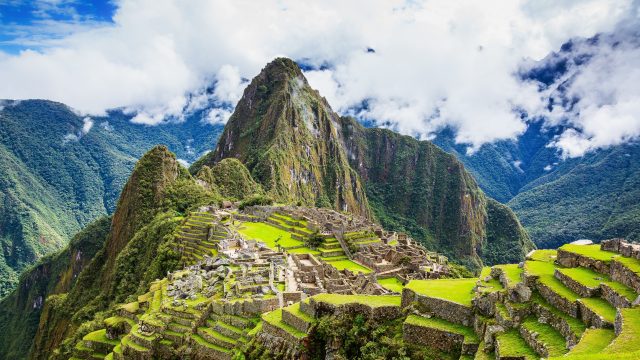
Traveling Off the Beaten Path: How to Stay Prepared and Protected
Published on July 8, 2024
Traveling Off the Beaten Path: How to Stay Prepared and Protected By: Deanna Caffrey Traveling to remote or less-traveled destinations can be an exhilarating adventure. These locations often offer untouched natural beauty, unique cultural experiences, and a sense of discovery that popular tourist spots can’t match. However, venturing off the beaten path comes with its […]
Keep reading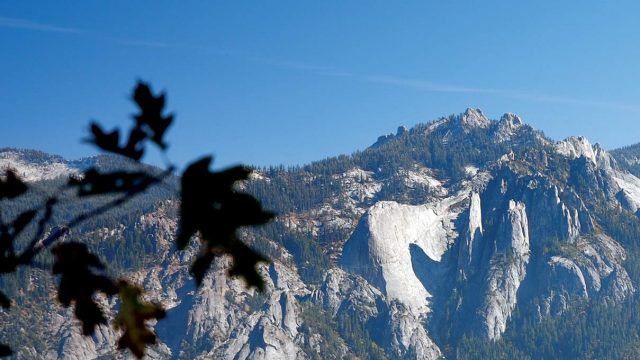
The Stories Behind our National Monuments
Published on June 17, 2024
The Stories Behind our National Monuments By Tauck What’s the difference between America’s national parks and national monuments? Storied sites all, both share tales of treasured sights in public lands protected for the enjoyment of generations of visitors. Designated by a legislative act of Congress, our national parks are areas of natural beauty, federally conserved […]
Keep reading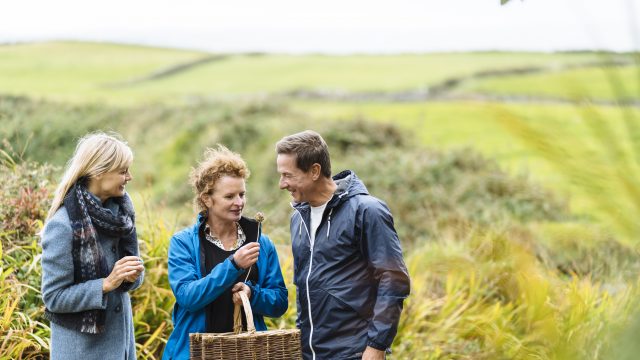
Old Dogs, New Tricks: Bringing Regenerative Practices to Legacy Tour Operators
Published on April 22, 2024
Old Dogs, New Tricks: Bringing Regenerative Practices to Legacy Tour Operators By Melissa DaSilva, President of TTC Tour Brands, North America – Trafalgar, Contiki, Brendan Vacations, Costsaver, Insight Vacations and Luxury Gold For more than 100 years, The Travel Corporation has been taking travelers off the beaten path and into the destinations we serve. In […]
Keep reading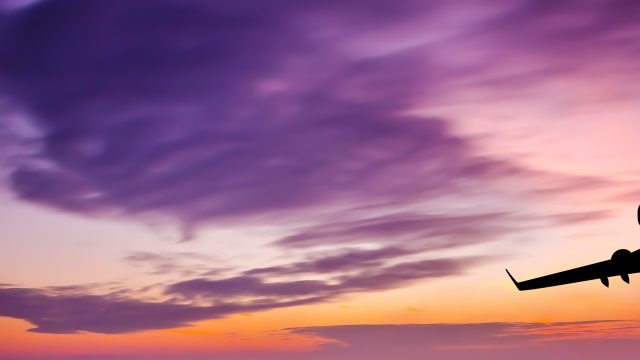
Passport Delays Causing Travel Chaos
Published on August 17, 2023
Passport Delays Causing Travel Chaos By: Steve Diehl, Chief Corporate Development Officer – CIBT It is the traveler’s worst nightmare; you’ve meticulously planned a trip abroad, you’re packed and ready to head to the airport, and then you realize your passport is expired. Or it is lost, or damaged, or does not have the minimum […]
Keep reading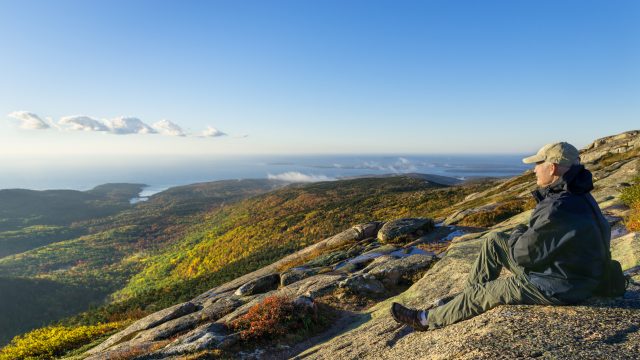
Top Reasons to Explore in Your Own Backyard in 2022
Published on March 14, 2022
Top Reasons to Explore in Your Own Backyard in 2022 By: Jaclyn Leibl-Cote, President and Chief Brand Officer of Collette The past two years have given travelers the chance to reflect on the memories and experiences that they may have been yearning for. For many, after an extended period of staying home and building their […]
Keep readingA Guide to 7 of Colorado’s Top National Parks and Monuments
Published on May 27, 2021
A Guide to 7 of Colorado’s Top National Parks and Monuments By Katie of Trafalgar Colorado’s national parks and monuments are home to the state’s greatest treasures. You’ll find everything here from dinosaur bones and ancient ruins, to stunning scenery ranging from snowy mountains and river gorges, to rocky canyons and golden sand dunes. Whether […]
Keep reading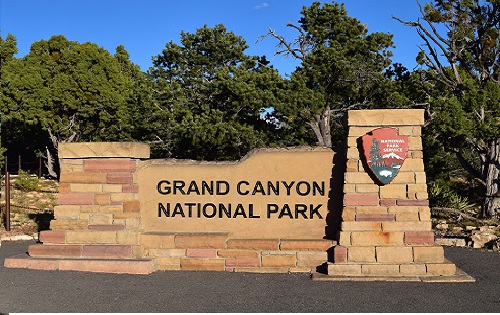
Action-Packed Quest through the Wild, Wild West
Published on December 13, 2016
By Megan Murphy, AFAR Ambassador This October, Contiki set off on a high-energy Western Highlights tour through Southern California, Arizona, the Grand Canyon, and Las Vegas. Our crew of 55 young adventurers flew in from all over the world—Australia, New Zealand, England, Germany, Japan, and a couple from the Eastern United States—to experience the best […]
Keep reading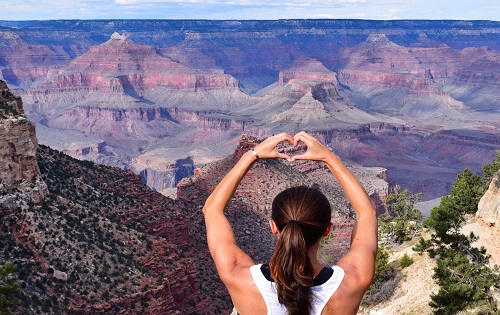
Nature Captivates in the Western US
Published on November 28, 2016
By Megan Murphy, AFAR Ambassador One of the most magnificent and diverse places on Earth, the United States is home to some of the world’s most awe-inspiring natural wonders. A few weeks ago, I was fortunate enough to have experienced several of these spectacles on my first-ever Contiki tour. The Western Highlights expedition ventured […]
Keep reading
The Wyo I Know
Published on October 26, 2016
By Flash Parker, AFAR Ambassador As the one Wyoming resident on my recent Go Ahead National Parks tour, I had a grand old time talking local lifestyle with my new touring friends while visiting Jackson, the Grand Tetons, and Yellowstone National Park. It’s not every day that I get sent out on assignment in my […]
Keep reading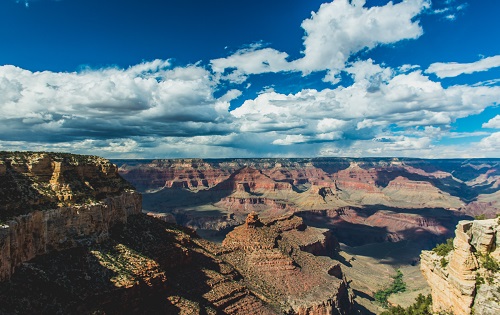
The Grand Go Ahead Experience
Published on October 19, 2016
By Flash Parker, AFAR Ambassador How can I accurately describe in words an adventure that takes me through five states, six national parks and a legendary Navajo tribal park, up and over desert mesas, deep into bottomless canyons, out into the rugged backcountry of the Mountain West, and through the very heart of the American […]
Keep reading
